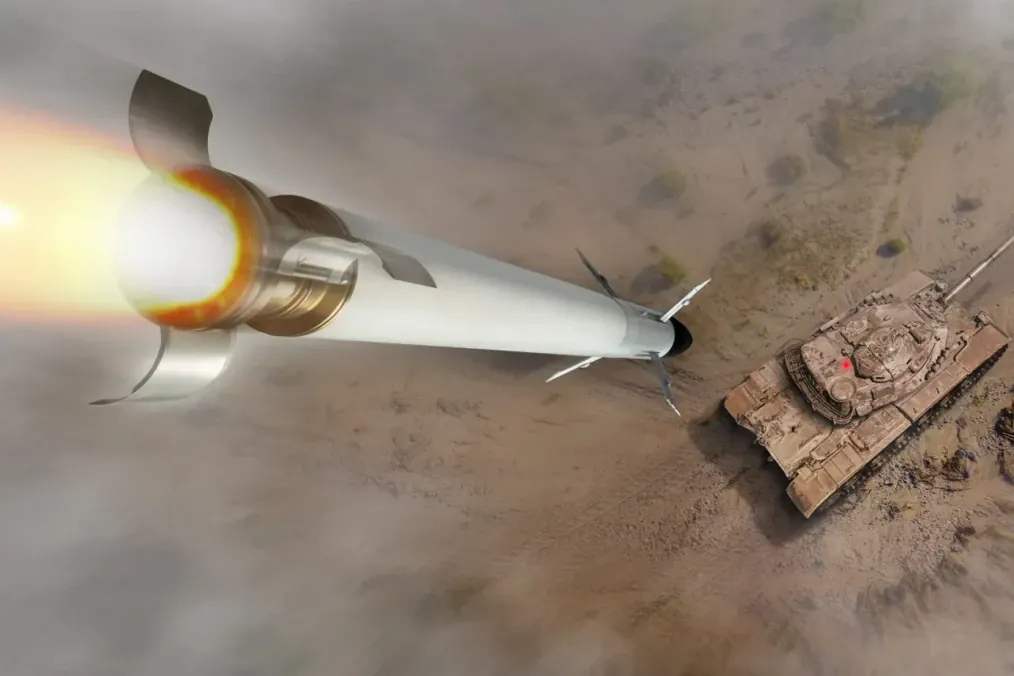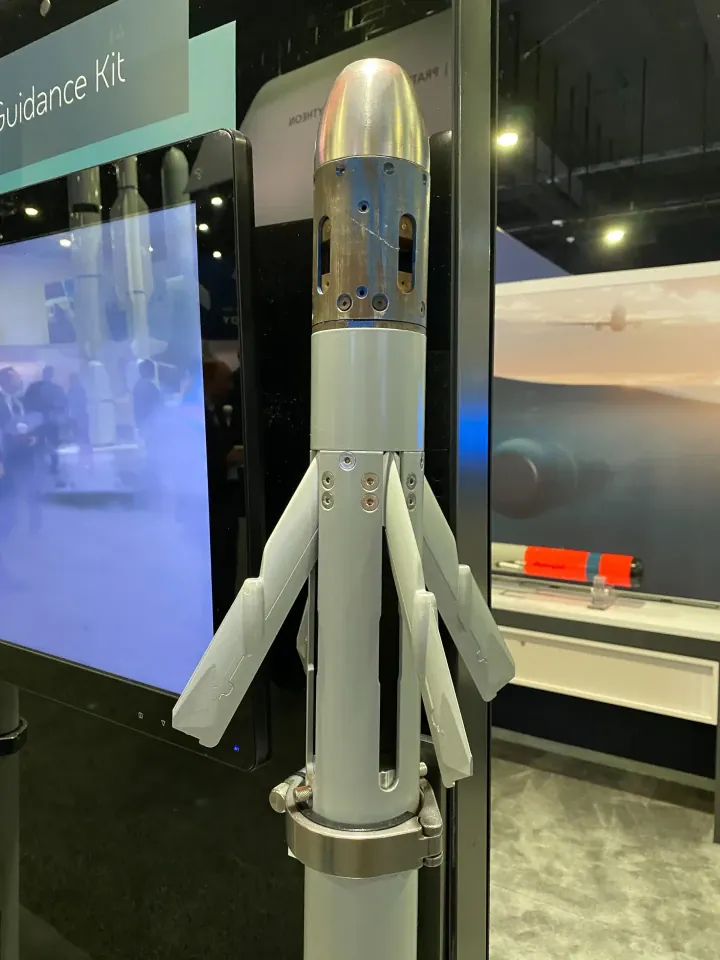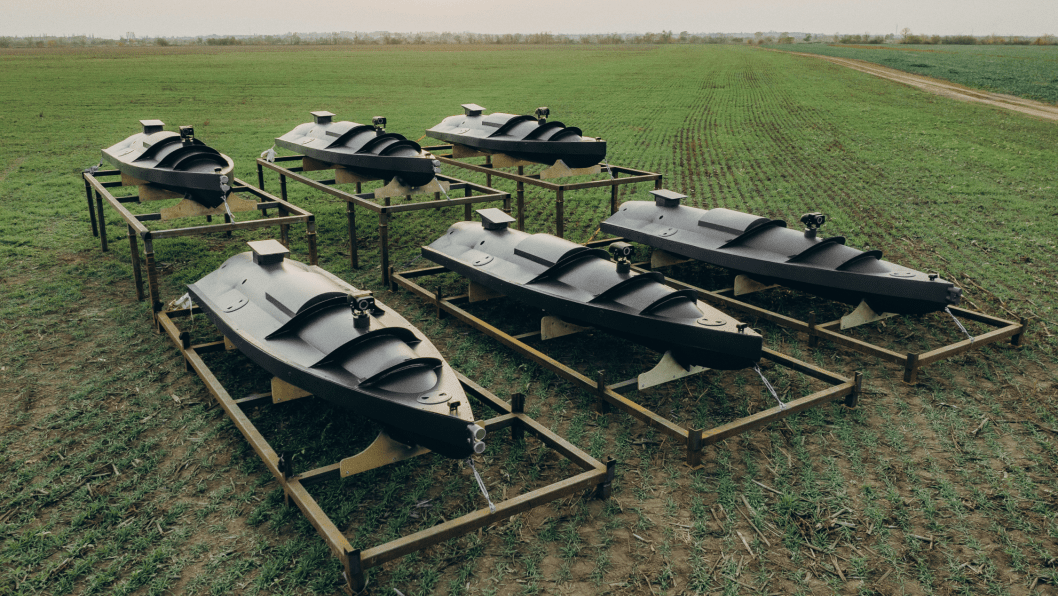- Category
- Latest news
BAE Systems Unveils Dual-Mode APKWS II Rocket with Infrared and Laser Guidance

BAE Systems unveiled a new version of its Advanced Precision Kill Weapon System II (APKWS II) rocket, now equipped with an infrared seeker in addition to its standard laser guidance.
This dual-mode rocket is designed to increase the speed and efficiency of engagements, particularly in the air-to-air role, by allowing operators to engage multiple targets more quickly.
In a report by TWZ on April 9, the dual-mode capability allows the rocket to autonomously track and target its objective after the initial laser lock, eliminating the need to maintain the laser beam throughout the flight.

Dave Smialek, director of business development at BAE Systems' Precision Guidance and Sensing Solutions, explained that this upgrade “increases the rate of fire,” allowing operators to “move to your next target” rapidly.
The infrared seeker, positioned on the nose of the rocket, is expected to enhance the missile’s effectiveness against a range of targets, including drones and cruise missiles. Smialek also discussed how the dual-mode system improves targeting flexibility, particularly in air-to-air engagements where speed and precision are crucial, according to TMZ.
The development of this enhanced APKWS II follows previous efforts to optimize the rocket for aerial targets. In earlier tests, US Air Force F-16s successfully used the APKWS II as an air-to-air weapon against drones in the Red Sea.
The new infrared seeker also opens up possibilities for broader use, including against threats on land and at sea wrote TMZ.
The cost of the new dual-mode APKWS II is still being evaluated, but BAE aims to maintain the affordability of the base model. Even with the added infrared seeker, the dual-mode version is expected to remain significantly cheaper than conventional air-to-air missiles, such as the AIM-9X Sidewinder or AIM-120 AMRAAM, which cost upwards of $400,000 and $1 million, respectively.
The dual-mode APKWS II will retain the flexibility and magazine depth advantages of its predecessor, offering a higher number of engagement opportunities per sortie compared to traditional air-to-air missiles.
For instance, according to TMZ a pair of seven-shot rocket pods could triple the number of potential engagements for an F-16, significantly enhancing operational efficiency in high-pressure situations.
BAE’s Smialek described the dual-mode APKWS II as a next-generation evolution of the munition. The basic configuration integrates a laser guidance kit between various warhead options and a standard 70mm rocket motor.
This setup has been crucial in keeping the unit cost low while utilizing existing stocks of warheads and rocket motors. The laser guidance unit is priced between $15,000 and $20,000, with additional components typically adding a few thousand dollars to the overall cost.
BAE is targeting the end of 2026 for completing development of the new dual-mode APKWS II, which is currently being funded internally. While the timeline for deployment is still unclear, the dual-mode system represents a significant advancement in precision-guided munitions, further solidifying the APKWS II’s versatility and value across multiple combat scenarios.
In related news, British defense contractor Babcock secured a contract from the UK Ministry of Defense on April 3 to develop a project enabling the Ukrainian military to print military equipment using 3D printers.

-554f0711f15a880af68b2550a739eee4.jpg)





-111f0e5095e02c02446ffed57bfb0ab1.jpeg)
